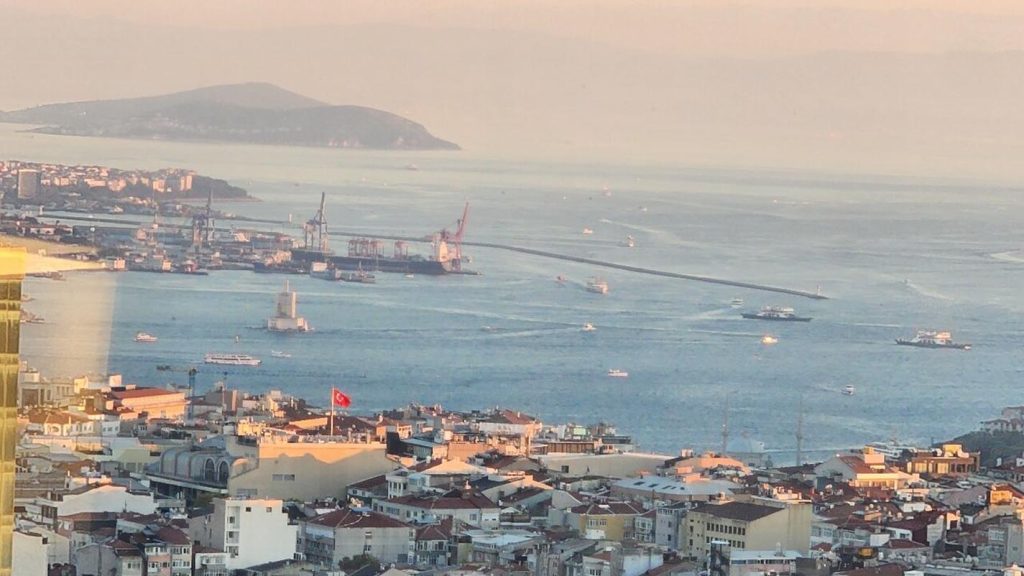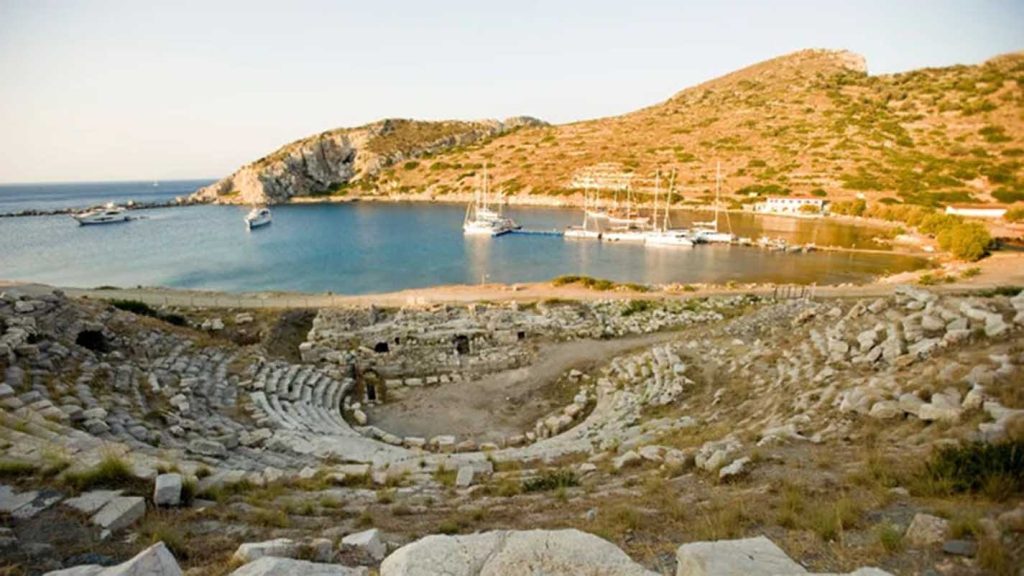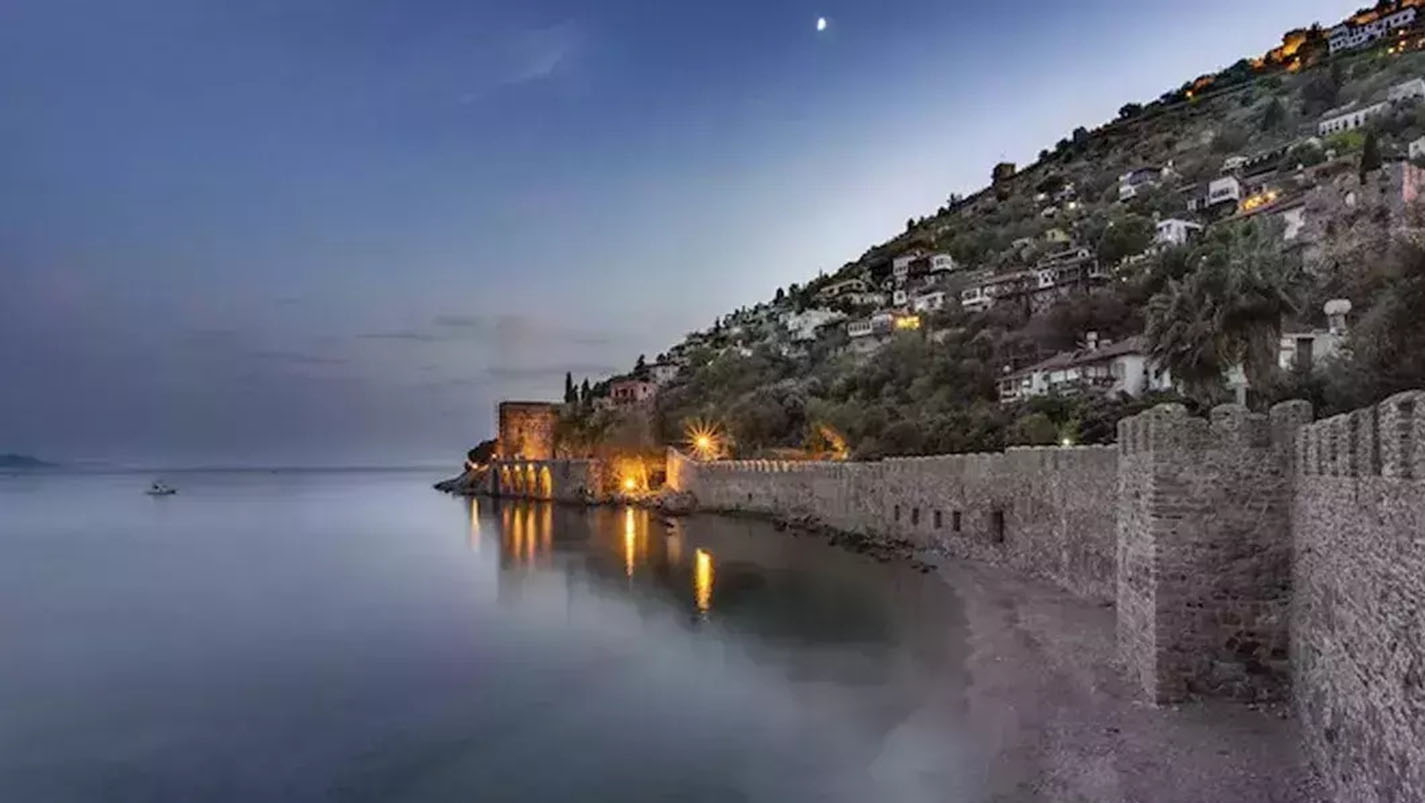When people think of Turkey, the first images that often come to mind are Istanbul’s skyline with its domes and minarets, or the surreal landscapes of Cappadocia. Yet, Turkey’s coastline offers an entirely different perspective on the country—one that blends turquoise waters, sun-washed harbors, layers of history, and local culture that thrives at its own rhythm. Traveling through Turkey’s coastal cities, I found myself immersed not only in striking Mediterranean and Aegean beauty but also in the everyday lives of people whose traditions and hospitality shaped my journey.
This guide is meant to take you along that stretch of coast, from the bustling urban energy of Izmir to the tranquil resorts of Antalya, highlighting both the essential stops and the hidden gems you might otherwise overlook. Whether you’re drawn to beaches, ruins, cuisine, or the charm of old towns, Turkey’s coastal cities provide endless inspiration.
Izmir: The Aegean Gateway
Izmir, perched on the Aegean coast, is often called Turkey’s most liberal city. It balances modernity with deep history and makes a perfect introduction to coastal Turkey. Walking along the Kordon, the city’s seaside promenade, you’ll feel the energy of locals enjoying cafés, bike rides, and evening strolls. The vibe is youthful, thanks to the university presence, but also proudly rooted in tradition.
Highlights include the Kemeralti Bazaar, a labyrinth of shops and eateries where you can snack on boyoz (a local pastry) and sip Turkish tea. Don’t miss the Agora of Smyrna, ancient ruins tucked right inside the modern city, offering a glimpse of the area’s Greek and Roman past.
For a day trip, head out to Ephesus, one of the world’s most well-preserved classical cities, only about an hour away. Walking its marble streets, past the Library of Celsus and the Great Theater, is unforgettable.
Travel tip: Izmir has excellent public transport, and the ferry rides across the bay are a scenic, budget-friendly way to see the city from the water.

Bodrum: Whitewashed Charm and Nightlife
Traveling south along the Aegean, Bodrum feels like a postcard come alive. Whitewashed houses with blue shutters tumble down hillsides toward a lively marina filled with yachts. The city has two sides: its reputation as a party hub and its quieter cultural and historic side.
The Bodrum Castle, built by the Knights Hospitaller in the 15th century, is now home to the Museum of Underwater Archaeology, one of the most fascinating museums in Turkey. The collection of shipwrecks and artifacts tells the story of maritime trade that has shaped this coast for millennia.
Bodrum’s beaches, such as Bitez and Ortakent, offer sun loungers and calm waters, perfect for lazy afternoons. But when evening falls, the waterfront comes alive with restaurants and bars serving seafood mezze and local wines.
Insider note: Bodrum is also the gateway to the Turkish gulet cruise experience. These traditional wooden boats take you on multi-day journeys along the coast, stopping at secluded coves and quiet fishing villages that you could never reach by car.
Marmaris: Where Forests Meet the Sea
Nestled between pine-covered hills and a sweeping bay, Marmaris combines natural beauty with a resort-town atmosphere. The city has a long seaside promenade perfect for evening walks, while its marina attracts both luxury yachts and local fishing boats.
The Old Town of Marmaris, with its narrow alleys and Ottoman houses, contrasts with the more modern resort sprawl. The Marmaris Castle, dating back to the time of Suleiman the Magnificent, provides views over the harbor that are best enjoyed at sunset.
From Marmaris, it’s easy to take boat trips to nearby islands, including Sedir Island, famous for Cleopatra’s Beach, said to have been created from sand brought from Egypt.
Marmaris also offers a unique chance to explore the Turkish countryside. Just a short drive inland, you’ll find small villages where life moves slowly, olive groves stretch endlessly, and traditional Turkish hospitality is at its most genuine.
Fethiye: Nature’s Playground
Fethiye is often described as one of the most beautiful spots on Turkey’s coast, and for good reason. The town sits on a natural harbor, surrounded by mountains, and serves as a hub for exploring both sea and land.
The Fethiye Marina is lined with restaurants perfect for seafood dinners, but the real attractions lie just beyond town. The Ölüdeniz Blue Lagoon is perhaps the most famous beach in Turkey, its waters a brilliant shade of turquoise. While summer often sees crowds, quieter days reveal its serene side.
For adventure lovers, paragliding from Babadağ Mountain is an unforgettable experience, offering panoramic views of the lagoon and the Mediterranean.
History buffs will love the Lycian Rock Tombs, carved into cliffs overlooking the town, and hikers shouldn’t miss the Lycian Way, a long-distance trail that stretches along the coast, passing through ancient ruins, villages, and dramatic landscapes.
Practical tip: Fethiye is also the starting point for many gulet cruises heading down the Turquoise Coast.
Antalya: Culture Meets Riviera Living
No guide to Turkey’s coastal cities is complete without Antalya, a city that blends the sophistication of a modern metropolis with the charm of an ancient port.
The Old Town (Kaleiçi) is a maze of cobblestone streets, Ottoman-era houses, boutique hotels, and intimate restaurants. Walking through its arched gates feels like stepping back in time, yet the nightlife and café culture remind you that Antalya is also a contemporary hub.
Antalya is surrounded by some of Turkey’s most significant archaeological sites. Just outside the city lies Perge, an ancient Roman city with remarkably preserved stadiums and colonnaded streets. The Aspendos Theater, still in use today for performances, is considered one of the best-preserved ancient theaters in the world.
For nature lovers, Antalya also delivers. The Düden Waterfalls, cascading just outside the city, are an easy half-day trip. And for beachgoers, Konyaaltı and Lara Beach provide long stretches of sand against a mountain backdrop.
Hidden Gems Along the Coast
While the big-name cities get most of the attention, Turkey’s coastline is dotted with smaller towns that reward curiosity.
- Çeşme: Just west of Izmir, this town is known for windsurfing, thermal baths, and boutique hotels.
- Kas: A charming fishing village turned laid-back resort, perfect for diving trips and exploring ancient ruins.
- Alanya: East of Antalya, with its impressive cliff-top castle and long beaches.
- Datça: A peaceful peninsula where olive trees meet untouched coves, offering a slower pace of life.

These spots provide a more intimate experience of coastal Turkey, where you’ll often find yourself as the only foreigner in a seaside café, sipping Turkish coffee while watching daily life unfold.
Food Along the Coast
Traveling along Turkey’s coast means indulging in seafood, mezze spreads, and local specialties that reflect both Mediterranean and Anatolian traditions. Fresh grilled fish, calamari, and shrimp are common, often paired with rakı, the national anise-flavored spirit.
Each city has its own twist: Izmir is known for boyoz pastries and kumru sandwiches; Bodrum has incredible seafood taverns; Antalya offers piyaz (a white bean salad with tahini dressing). Street food lovers will enjoy simit (sesame-covered bread rings) and gözleme (savory stuffed flatbreads) at coastal markets.
Dining isn’t just about the food—it’s about the atmosphere. Meals are leisurely, shared, and often accompanied by music or the sound of waves against the shore.
- Getting Around: Major cities like Izmir and Antalya have airports with domestic and international connections. Ferries, buses, and dolmuş minibuses make it easy to hop between towns along the coast. Renting a car, however, offers the most flexibility for exploring hidden coves and rural areas.
- Where to Stay: Accommodation ranges from boutique guesthouses in old towns to luxury resorts and all-inclusive hotels. For a more local experience, consider family-run pensions.
- Cultural Etiquette: Coastal Turkey is generally relaxed and welcoming, but modest clothing is recommended when visiting mosques or traditional villages. Learning a few Turkish phrases (like “Merhaba” for hello and “Teşekkürler” for thank you) goes a long way.
Exploring Turkey’s coastal cities is like weaving together different threads of history, nature, and culture into one unforgettable journey. Each stop along the coast offers something unique: Izmir’s vibrant energy, Bodrum’s nightlife and history, Marmaris’s natural beauty, Fethiye’s adventure, and Antalya’s perfect mix of ancient and modern. Add in the smaller towns and villages, and you’ll find a coastline that never stops surprising you, with each place revealing its own rhythm, traditions, and charms.
For me, what made this trip remarkable wasn’t only the landscapes or ruins, but also the way coastal life in Turkey balances tradition and modernity so effortlessly. One moment, I could be wandering through ancient ruins that whisper stories from thousands of years ago, and the next I would find myself in a lively café surrounded by laughter and music. Sitting in a seaside café, hearing the call to prayer mingle with the sound of waves and the laughter of children playing by the shore, I felt the heart of this country beating in harmony with the sea.
Turkey’s coast is more than just a destination—it is an atmosphere, a feeling, and an experience that lingers long after the journey ends, calling you back to its timeless shores.
Tags: Bodrum, Fethiye, Izmir
